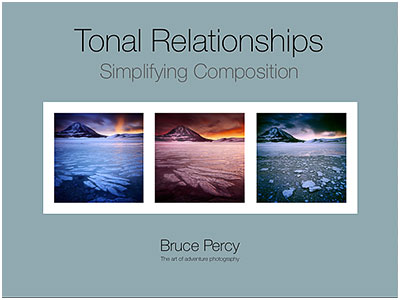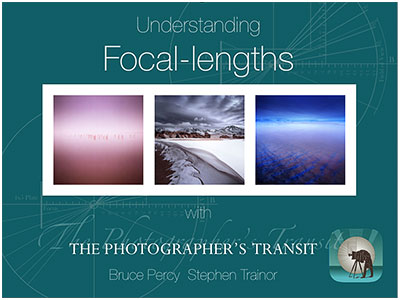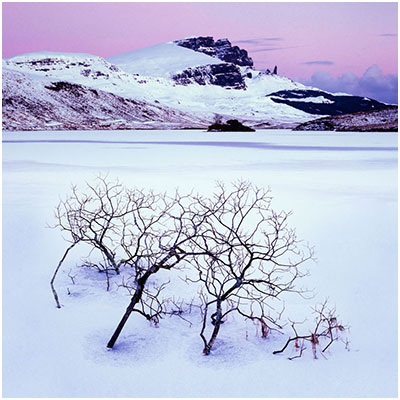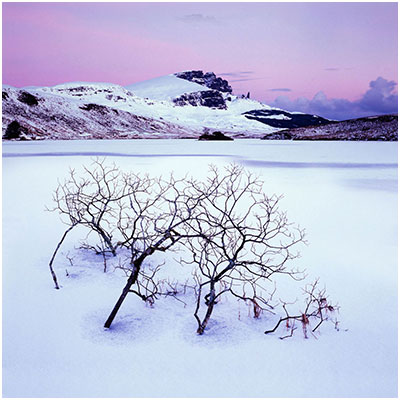Way back in 2007, after a lot of nudging by a good friend of mine, I ran some of my very first workshops. I chose Torres del Paine national park in Chilean Patagonia of all places to start on my little adventure (a rather grand entrance into the world of photography workshops don't you think?). I knew the park well, had visited it more than a dozen times, and felt it was as good a place as any to commence a possible career in workshops.

Looking back, the workshops were more 'tours' than anything, but they were a great learning experience for me (in fact - all my workshops and tours have been great learning experiences for myself as well as hopefully, my clients too). Seven years on, and I now find myself in a position where I feel the structure and format of my teaching based workshops is very honed now. This I feel, is due to many factors.
Firstly, as a workshop leader, having to teach someone else something, really makes you have to think harder and get a much clearer picture in your head about it. Through trying to explain something to someone, you discover holes in your own understanding. Getting a clearer picture helps not only the participant on my workshops, but it has also helped me a great deal in my own development as a photographer.
Secondly, my own style of photography has morphed and changed over the years. I've found that applying a sense of self-awareness has helped me enormously. I find that I consider and reflect a lot about what it is that I do, and why I do it.It's been greatly beneficial to notice the changes in my style and use any new-found awareness in my critique sessions and time in the field with my clients.
One of the aspects of this, is that I often find that there are topics within photography that I hadn't thought about, or didn't appreciate might need to be taught.
One of them that I feel has been lurking away for a good few years - popping it's head up - trying to get my attention is that of tonal-relationships. Which is why you see the proposed cover for a new e-Book I'm working on at the head of this post today.
For most, composition is all about where to place objects within the frame, but I think it goes further than that. One aspect of good composition is that of the inter-relationship of tones between objects within the frame. Many of us often think of meaningful things like 'sand' and 'rock', but few of us recognise that sometimes sand and rocks have similar tonal values which means that when they are recorded in 2D, the merge to become one confused object.
But there is more to tonal relationships than this - there is the meaty subject of how to balance an entire composition. If you consider darker tones as 'heavy' tones, and brighter tones as 'lighter', then you can often find some photographs are light-headed, or bottom-heavy, or maybe there are patches of tone around the frame that are too dominant. For instance, brighter tones will stand out if they are the minority in a dark image. Conversely, darker tones may stand out more in a pre-dominantly bright-toned image.
But tonal relationships don't end there. We have the thorny subject of noticing that a certain tone in the frame may become more or less dominant by adjusting the tone of an adjacent object. This tends to move into the realms of colour theory.

But there's more yet. Over the past few years, I've found myself trying to ween participants away from using zooms in their compositions. It's not that I don't think zooms are good. It's just that until we master a few focal-lengths, zooms tend to complicate things by giving us too much, too soon. In my own view, It has taken me a decade to learn to 'see' in three focal lengths - 24mm, 50mm and 75mm. That is enough for anyone to be getting on with.
So there is work in progress for another e-Book, that I'm writing with Stephen Trainor - author of The Photographer's Ephemeris sunrise/sunset application that many of you know I use. Stephen has developed a really nice new application called Photo Transit that you may wish to look into further.
In this e-Book, Stephen and I will aim to convey how different focal lengths behave, and how to compose with them. Standing at one spot and zooming in and out with your zoom lens is not the way forward to create great compositions. As participants of my workshops will know, I prefer the idea that you should zoom with your feet. Fix a focal length, and hunt the landscape to fit your focal-length, not the other way round. See this post about focal-lengths for further detail.
I'll be busy over the next few months working on these e-Books. But I may share some observations over the next while during my writing phases for them. I hope these titles may spark some interest for you.



